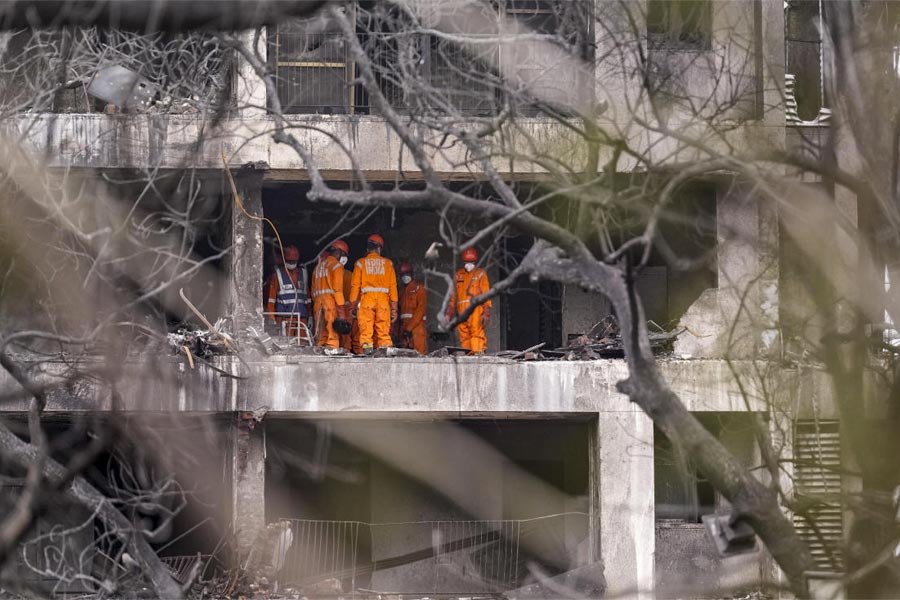Bhubaneswar, June 7: Orissa government is likely to step up security in and around wildlife sanctuaries in the Maoist-infested regions as these have turned into happy hunting ground of the rebels.
Sources said the government had woken up to the dangers of leaving the thickly forested wildlife habitats unprotected in the wake of last month’s massacre of nine Chhattisgarh police jawans in the Sunabeda sanctuary in Nuapada district.
“This was indeed a wake up call for never in our wildest imagination did we think that the rebels would venture into the area. In fact, sanctuaries are a place for tourists and nature lovers and have always been treated as such,” said an official admitting that considering the vastness of the area it was not possible for the forest department alone to ensure fool proof security to the sanctuary that borders Chhattisgarh.
Significantly, a few years ago, Maoists had also targeted the Similipal biosphere reserve, one of the most famous wildlife sanctuaries of the state, forcing the authorities to close it to the general public for nearly a year. The rebels had ransacked rest houses and forest beat houses inside the sanctuary that enjoys the status of a national park triggering panic among the forest officials.
Senior government officials had then admitted that the Maoists were trying to set up a base in the Similipal area from where they could operate in the entire Mayurbhanj and the adjoining Keonjhar district. The situation at one stage became so alarming that the government could not find enough forest personnel for the tiger census in the sanctuary, which is one of the best-known big cat reserves of the country.
However, apparently not having learnt any lessons from the Similipal episode, the authorities refused to tighten security in other wildlife reserves and sanctuaries of the state, which gave the Maoists the opportunity to get a foothold in some of these areas. “Had the government been a little more careful such an incident in the Sunabeda sanctuary would not have taken place,” said an official, adding that months before the killing of Chhattisgarh jawans, excise officials had destroyed acres of ganja plantation in the sanctuary area.
“This proves that Maoists have been operating in the region for quite sometime as they have strong links with ganja which brings in money for financing their violent activities,” said the official while refusing to comment on why security in wildlife sanctuaries remained lax despite forest portfolio having been in the hands of chief minister Naveen Patnaik till recently.










